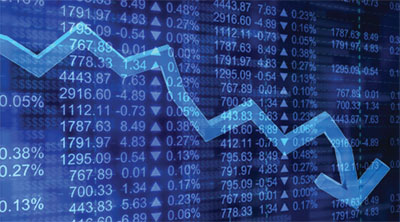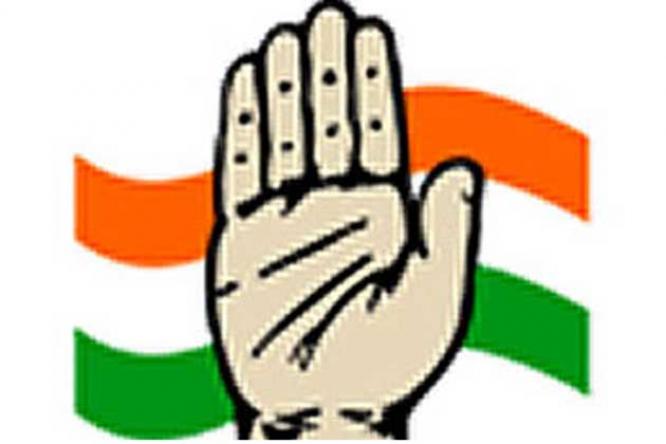
NEW DELHI (TIP): India announced growth figures for its full financial year on Friday showing the once-booming South Asian economy expanded by 5.0% in 2012/13, its slowest pace in a decade. Low business confidence, slumping investment, high inflation and weak export demand from Western countries were blamed for the bleak performance which comes ahead of national elections scheduled for next year. In the fourth quarter to the end of March, gross domestic product grew by 4.8% year-on-year, slightly higher than the previous quarter when it expanded by 4.5%, according to the data from the statistics ministry. Despite government efforts to talk up the economy after a burst of promarket reforms at the end of last year, most independent analysts see continuing slack demand and few quick fixes. “Business activity is still sluggish,” Rupa Rege Nitsure, chief economist with state-run Bank of Baroda said ahead of the release of the data. The economy grew by 6.2 percent in 2011/12.
Global ratings agency Standard and Poor’s warned earlier this month that India faces at least “a one-in-three” chance of losing its prized sovereign grade rating amid new threats to economic growth and reforms. India’s BBB-minus investment rating is already the lowest among its BRICS peers Brazil, Russia, China and South Africa and cutting it to “junk status” would raise the country’s hefty borrowing costs.
The Organisation for Economic Cooperation and Development (OECD) this week lowered its projection of India’s GDP to 5.3% in 2013, from 5.9% earlier. “The government needs to go all-out to turn around investment sentiment,” said Yes Bank chief economist Shubhada Rao. The government led by Prime Minister Manmohan Singh and the Congress party has been dogged by corruption scandals during its second term in office and has struggled to push through promised pro-business legislation.
It is scheduled to face the electorate next year having been unable to sustain the scorching growth rates of the last decade which were frequently near 10%. In a brief reforming period last year, the government opened up the retail and aviation sectors to wider foreign investment and partly freed fuel prices to reduce its burgeoning subsidy bill. But faced with a hostile parliament and a shaky ruling coalition, it has since failed to pass mooted legislation to open up the insurance and pension sectors or a longdelayed law to simplify land acquisition.
Government pressure has mounted on the central bank to ease borrowing costs after it raised interest rates aggressively in 2010 and 2011 to combat double-digit inflation last year. It has obliged by cutting interest rates three times in 2013, but Reserve Bank of India governor Duvvuri Subbarao has said the bank has “limited space” to ease monetary policy further due to the risk of inflation flaring up again.
India’s wholesale inflation, its most widely watched measure, cooled last month to a surprise 41-month low of 4.89%. But the consumer price index is at 9.39%, led mainly by high food and beverage prices.





Be the first to comment